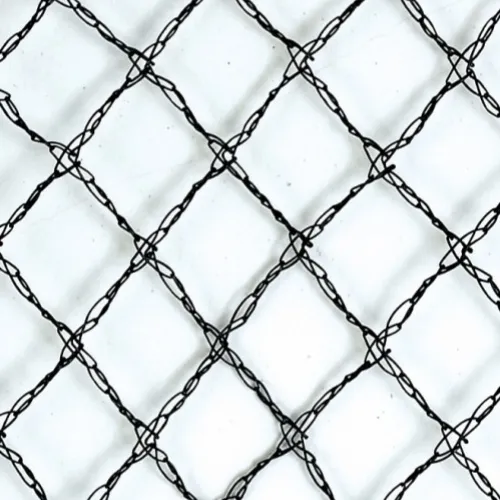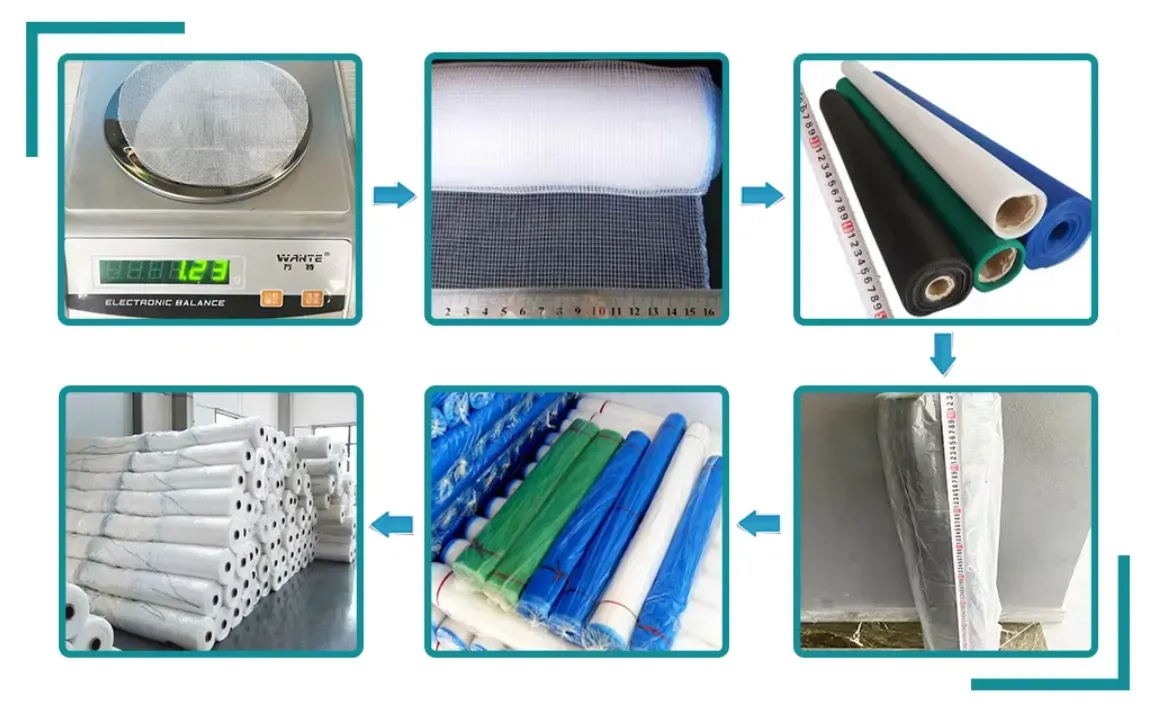-
 Afrikaans
Afrikaans -
 Albanian
Albanian -
 Amharic
Amharic -
 Arabic
Arabic -
 Armenian
Armenian -
 Azerbaijani
Azerbaijani -
 Basque
Basque -
 Belarusian
Belarusian -
 Bengali
Bengali -
 Bosnian
Bosnian -
 Bulgarian
Bulgarian -
 Catalan
Catalan -
 Cebuano
Cebuano -
 China
China -
 Corsican
Corsican -
 Croatian
Croatian -
 Czech
Czech -
 Danish
Danish -
 Dutch
Dutch -
 English
English -
 Esperanto
Esperanto -
 Estonian
Estonian -
 Finnish
Finnish -
 French
French -
 Frisian
Frisian -
 Galician
Galician -
 Georgian
Georgian -
 German
German -
 Greek
Greek -
 Gujarati
Gujarati -
 Haitian Creole
Haitian Creole -
 hausa
hausa -
 hawaiian
hawaiian -
 Hebrew
Hebrew -
 Hindi
Hindi -
 Miao
Miao -
 Hungarian
Hungarian -
 Icelandic
Icelandic -
 igbo
igbo -
 Indonesian
Indonesian -
 irish
irish -
 Italian
Italian -
 Japanese
Japanese -
 Javanese
Javanese -
 Kannada
Kannada -
 kazakh
kazakh -
 Khmer
Khmer -
 Rwandese
Rwandese -
 Korean
Korean -
 Kurdish
Kurdish -
 Kyrgyz
Kyrgyz -
 Lao
Lao -
 Latin
Latin -
 Latvian
Latvian -
 Lithuanian
Lithuanian -
 Luxembourgish
Luxembourgish -
 Macedonian
Macedonian -
 Malgashi
Malgashi -
 Malay
Malay -
 Malayalam
Malayalam -
 Maltese
Maltese -
 Maori
Maori -
 Marathi
Marathi -
 Mongolian
Mongolian -
 Myanmar
Myanmar -
 Nepali
Nepali -
 Norwegian
Norwegian -
 Norwegian
Norwegian -
 Occitan
Occitan -
 Pashto
Pashto -
 Persian
Persian -
 Polish
Polish -
 Portuguese
Portuguese -
 Punjabi
Punjabi -
 Romanian
Romanian -
 Russian
Russian -
 Samoan
Samoan -
 Scottish Gaelic
Scottish Gaelic -
 Serbian
Serbian -
 Sesotho
Sesotho -
 Shona
Shona -
 Sindhi
Sindhi -
 Sinhala
Sinhala -
 Slovak
Slovak -
 Slovenian
Slovenian -
 Somali
Somali -
 Spanish
Spanish -
 Sundanese
Sundanese -
 Swahili
Swahili -
 Swedish
Swedish -
 Tagalog
Tagalog -
 Tajik
Tajik -
 Tamil
Tamil -
 Tatar
Tatar -
 Telugu
Telugu -
 Thai
Thai -
 Turkish
Turkish -
 Turkmen
Turkmen -
 Ukrainian
Ukrainian -
 Urdu
Urdu -
 Uighur
Uighur -
 Uzbek
Uzbek -
 Vietnamese
Vietnamese -
 Welsh
Welsh -
 Bantu
Bantu -
 Yiddish
Yiddish -
 Yoruba
Yoruba -
 Zulu
Zulu
More Language
Feb . 05, 2025 03:56
Back to list
16 gauge weld mesh
Choosing the right gauge of wire mesh for your project is one of the most crucial decisions you'll make. It defines the mesh's functionality, strength, and suitability for different applications. This article aims to provide a comprehensive guide based on real-world experience and expert insights to help you make an informed decision.
Furthermore, each type of wire material—be it galvanized steel, PVC-coated, or plain carbon steel—interacts distinctively with environmental exposures, which can affect the gauge's effectiveness. Galvanized steel wire mesh, known for its rust resistance, is commonly used in outdoor settings. Its protective zinc coating renders it a credible choice in gauges as low as 8 for outdoor aviaries or enclosure frameworks, where exposure to natural elements is inevitable. From an expert's perspective on wire mesh gauge selection, attention to not only the wire thickness but also the mesh opening is vital. A smaller mesh opening requires a thinner gauge wire, typically ranging from 16 to 25 gauge, depending on airflow or light transmission needed. A birdcage, for example, might employ a 20-gauge wire with fine mesh openings to ensure pet safety while allowing sunshine permeation. For security applications, such as perimeter barriers or window grills, a blend of a lower gauge and tighter mesh offers unmatched deterrence against intrusion. Here, the choice of a 9-gauge wire with small openings stands out in trusted practices within the industry, demonstrating expert understanding combined with field-tested usability. To sustain the longevity and performance of the selected wire mesh gauge, maintenance is crucial. Regular inspections for rust or deterioration, particularly in lower gauge meshes exposed to harsh conditions, ensure continued reliability. Trust in your wire mesh's performance can be reinforced by engaging professionals for evaluations, thereby upholding the high standards expected in both residential and industrial applications. In synthesis, the gauge of wire mesh you select can make or break the success of your project. Drawing from field experience, specialized knowledge, and authoritative resources, this guide equips you with the foundations to ensure your choices are informed and expertly aligned with your project's unique demands. Prioritize understanding your requirements, select accordingly among the vast array of materials and gauges, and rely on regular maintenance as the fulcrum to support your wire mesh investment's durability and reliability.


Furthermore, each type of wire material—be it galvanized steel, PVC-coated, or plain carbon steel—interacts distinctively with environmental exposures, which can affect the gauge's effectiveness. Galvanized steel wire mesh, known for its rust resistance, is commonly used in outdoor settings. Its protective zinc coating renders it a credible choice in gauges as low as 8 for outdoor aviaries or enclosure frameworks, where exposure to natural elements is inevitable. From an expert's perspective on wire mesh gauge selection, attention to not only the wire thickness but also the mesh opening is vital. A smaller mesh opening requires a thinner gauge wire, typically ranging from 16 to 25 gauge, depending on airflow or light transmission needed. A birdcage, for example, might employ a 20-gauge wire with fine mesh openings to ensure pet safety while allowing sunshine permeation. For security applications, such as perimeter barriers or window grills, a blend of a lower gauge and tighter mesh offers unmatched deterrence against intrusion. Here, the choice of a 9-gauge wire with small openings stands out in trusted practices within the industry, demonstrating expert understanding combined with field-tested usability. To sustain the longevity and performance of the selected wire mesh gauge, maintenance is crucial. Regular inspections for rust or deterioration, particularly in lower gauge meshes exposed to harsh conditions, ensure continued reliability. Trust in your wire mesh's performance can be reinforced by engaging professionals for evaluations, thereby upholding the high standards expected in both residential and industrial applications. In synthesis, the gauge of wire mesh you select can make or break the success of your project. Drawing from field experience, specialized knowledge, and authoritative resources, this guide equips you with the foundations to ensure your choices are informed and expertly aligned with your project's unique demands. Prioritize understanding your requirements, select accordingly among the vast array of materials and gauges, and rely on regular maintenance as the fulcrum to support your wire mesh investment's durability and reliability.
Next:
Latest news
-
Shipping Plastic Bags for Every NeedNewsJul.24,2025
-
Safety Netting: Your Shield in ConstructionNewsJul.24,2025
-
Plastic Mesh Netting for Everyday UseNewsJul.24,2025
-
Nylon Netting for Every UseNewsJul.24,2025
-
Mesh Breeder Box for Fish TanksNewsJul.24,2025
-
Expanded Steel Mesh Offers Durable VersatilityNewsJul.24,2025











